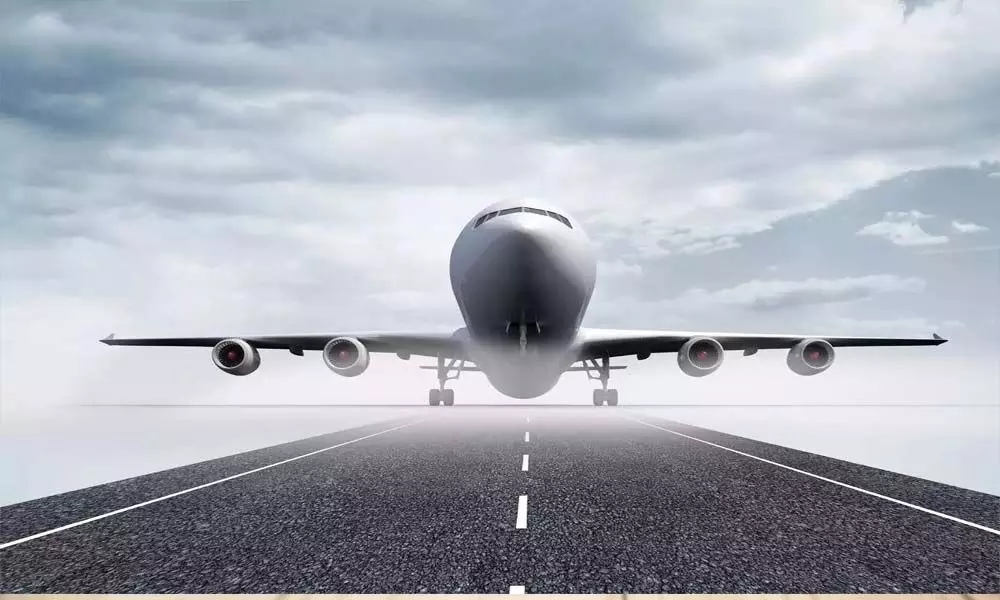Weak credit profile of airlines to impact UDAN routes
Indian airspace including the oceanic airspace is strategically located to facilitate major traffic flows between Asia-Pacific and Middle East region in Bay of Bengal, Arabian Sea and Indian Ocean.
image for illustrative purpose

Indian airspace including the oceanic airspace is strategically located to facilitate major traffic flows between Asia-Pacific and Middle East region in Bay of Bengal, Arabian Sea and Indian Ocean.
After taking into account the impact of the second wave, our proprietary forecasting model projects domestic traffic of 80-95 million airline passengers in FY22, up from 52.5 million in FY21, but well below the close to 140 million passengers in FY20.
Airport operators have recently invested capex of around $4 billion in infrastructure development in anticipation of traffic that will not materialise for several years to come. Unless the AERA Act is amended to lengthen the tariff control period from five to eight years, a very high airport charges regime is inevitable. It is possible in certain scenarios to see a domestic UDF of around Rs 1000 per departing passenger, and an international UDF of Rs 2000-2500. The industry unfortunately seems to be largely unaware of the likelihood of a spike in airport charges.
The industry is expected to induct around 70 aircraft in FY22. However, more than 80 aircraft are likely to be retired resulting in a slight net contraction of the fleet size. However, as older aircraft exit the outcome will be a younger, more fuel efficient fleet. At the end of FY21 49.3 per cent of the narrow body fleet consisted of re-engined Neo and MAX aircraft, which is expected to increase to 60.8 per cent by the end of FY22.
The Civil Aviation Ministry has set a target of operationalising as many as 100 unserved and underserved airports and starting at least 1,000 RCS routes by 2024. ICRA expects the target of operationalising 100 airports under UDAN by 2026, with a delay of two years from revised schedule of 2024.
According to ICRA, The slow progress of UDAN implementation is attributable to delayed upgradation of infrastructure and readiness of airports, due to lack of adequate right of way at some of the RCS airports and delays in securing necessary regulatory approvals.
During FY18 – FY21, a total of Rs 3,350 crore have been incurred by the central government towards the UDAN scheme and the budgeted outlay for FY22 is Rs 1,130 crore, according to ICRA.
The ratings agency also said that to improvise the RCS network and achieve its target, the Airports Authority of India (AAI) has launched UDAN 4.1 as a special bidding round under UDAN 4.0 in March this year to award 392 routes. AAI is the implementing agency for UDAN.
The weak credit profile of domestic airlines is expected to have an impact on the existing routes under UDAN scheme, particularly for smaller airlines given the stretched liquidity position, low utilisation in some of the routes significant impact on the financial health of airline operators due to Covid-19 pandemic.

